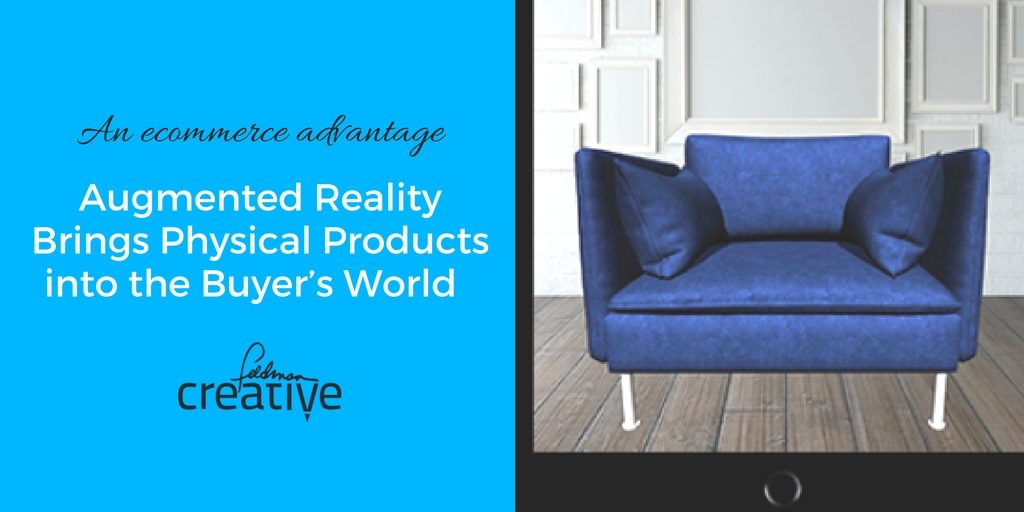I posed this question on Focus.com.
Heard of it? Focus is a very cool site for researching all kinds of stuff. On their “About Us” page they say:
Focus is the best way to make better business decisions.
Focus makes the world’s business expertise available to everyone. At the heart of Focus is a network of thousands of leading business and technology experts who are thought leaders, veteran practitioners and upstart innovators in hundreds of different topics and markets.
You can connect with the experts on Focus in three primary ways:
- Q&A
- Research
- Events
Focus is also easy to use and freely available to anyone who wants help making better business decisions.
I’ve been using the Q&A regularly. Sometimes because I seek answers. Sometimes I’m trying to spark a debate. This time, I thought I’d do a roundup of experts’ opinions regarding my question:
Should your home page contain a form?
Here’s what I gathered (and in some cases edited for brevity)…
There should be some sort of “call to action” button, form or link to request more information, set an appointment or request a contact depending on your business. That being said, forms can intimidate people, make them think you are asking for too much information or will use any information gathered to slam them with unwanted advertising.
Your home page should not contain a form, per se. This is what landing pages are for. However, an email sign-up “form” should be visible on the home page and landing pages, so people can easily sign up for more information. Email marketing is the best relationship tool and channel once you have attracted someone to your site through promotion, advertising, search, etc.
It certainly depends on the type and content of your site, but generally speaking, it’s best to keep most forms off the home page, or at least, not at the very top. The main exception would probably be an email subscription form. What you want to accomplish through your home page is to reel your customers into the rest of the website.
Honestly, I would not spend any time at all looking further on a site that featured a prominent form. And, I do not request added information from any site that asks for a lot of information as a requirement to learn more.
It depends on the main goals for the site, what it has to offer, and what visitors arriving via the homepage are looking for. Forms are perfect for certain types of companies, with companies in the service industry being a perfect example. If you’re Roto Rooter and prospects come to your site desperately in need of emergency service NOW, a form on your homepage is a brilliant idea and will be perfect for them.
If you sell software at $15,000/month and you have a form on your homepage telling people to sign-up for a demo, you’re likely coming off as a bit pushy while simultaneously taking up valuable real estate you could be using for persuasive content or appropriate calls to action.
I used to think a form on the home page was intrusive and a turn-off… until flash sale sites came along with their gated home page access forms. I would argue that those sites have changed behaviors, to some degree. Similarly, I’ve seen more tech start-up sites put forms on home pages for access to free trials. But, as others have pointed out, whether or not a home page form is appropriate largely depends on your type of site and the goal for your page.
Patrick Smith
Owner, Streamline Metrics
I am a fan of using basic contact forms on home pages when it makes sense and I have had a lot of success doing so for my clients, most of which are in the service industry. As a consumer, I prefer that these types of sites make it as easy as possible for me to contact them and this usually involves having a prominent contact form on the first page I land on, which is usually the homepage.
That being said, there are obviously other situations where it doesn’t make sense to have a contact form on the home page, such as e-commerce sites, since most users would prefer to be able to make a purchase without having to deal with contacting anyone.
Care to know my answer?
No. A small unobtrusive email opt-in, yes.
Care to chime in? Please do.







Comments
Susan Silver
Actual, I am going for the strategy of both worlds. A call to action button that opens up a form in a modal. People not interested won’t click, but it may entice those who are on the edge of a subscription/purchase. Plus it can be easily added across the website.